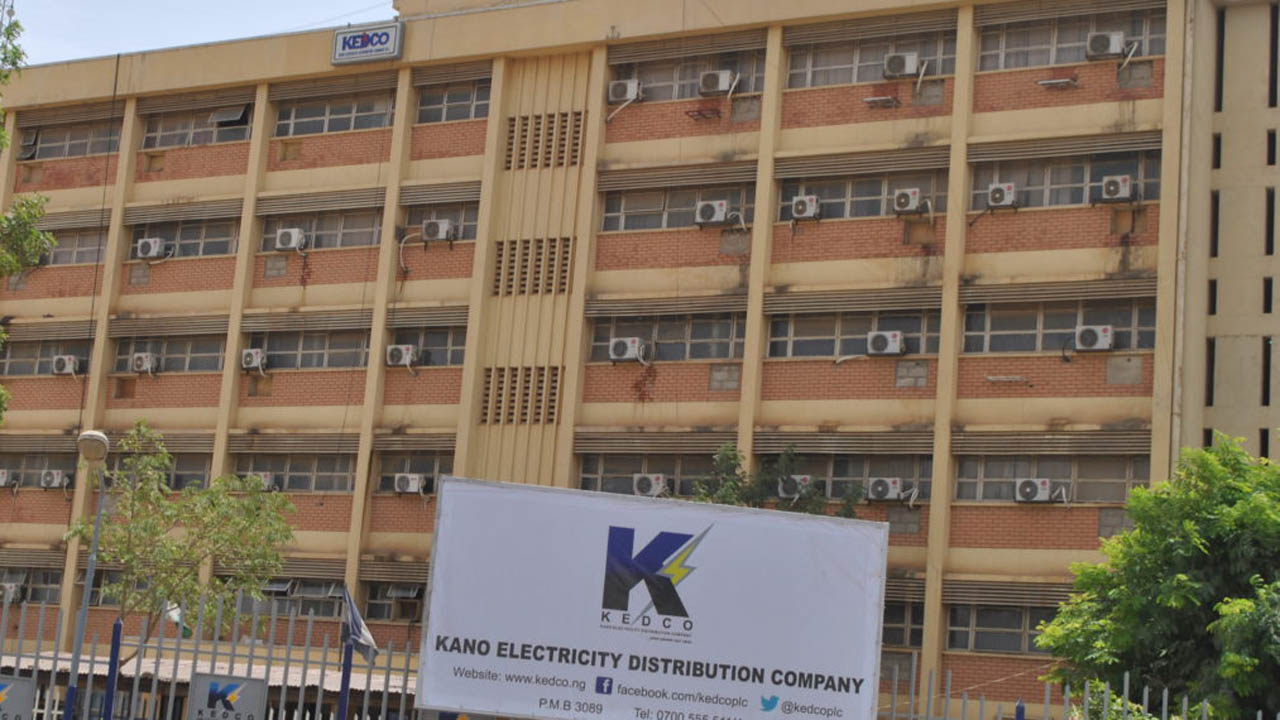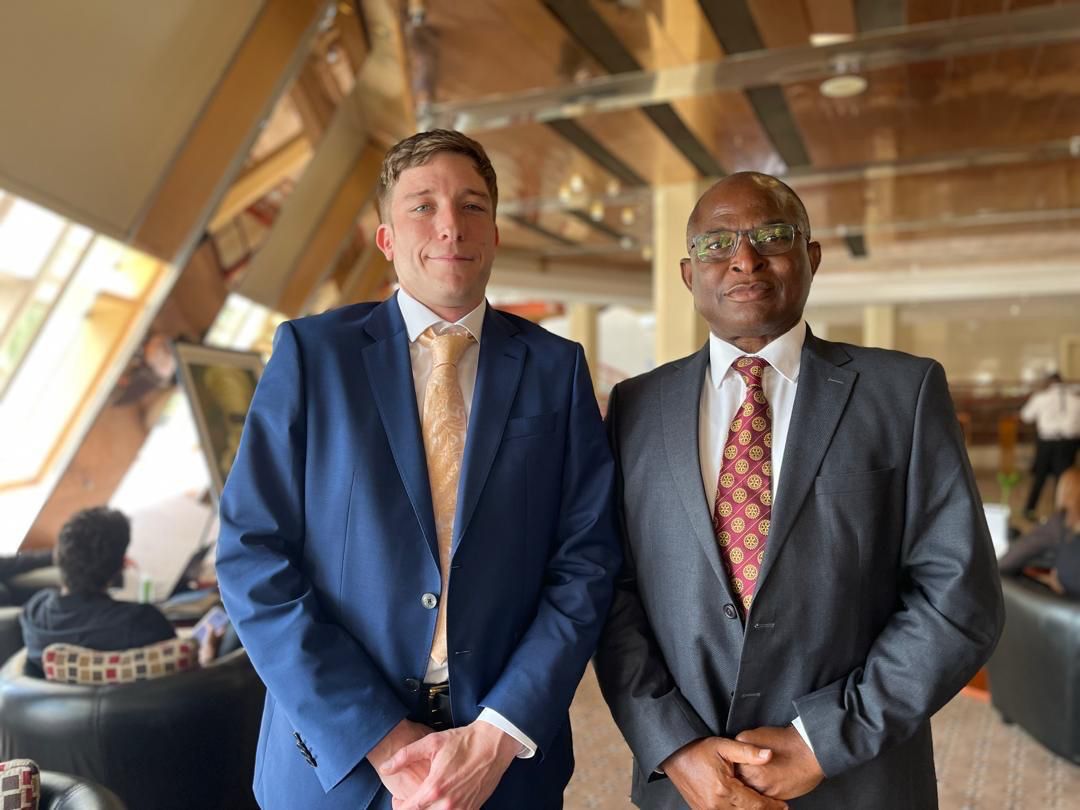Nigeria’s gas processing and petrochemical industries are grappling with an entrenched challenge that cuts across process safety, emissions control, energy efficiency, and instrumentation reliability.
In the Niger Delta at dusk, a flare stack’s flame pierces the sky – a stark symbol of both safety and waste. Mr. Femi Olorunnaiye, a Senior Process Engineer with decades of field experience, stands under its glow with a mix of concern and determination. “Every flicker of that flame is a reminder,” Olorunnaiye says, “that we’re burning both money and opportunities.” He is referring to the practice of gas flaring that involves burning off excess hydrocarbons for safety reasons, which remains widespread in Nigeria despite repeated promises to end it.
In 2019 alone, Nigeria flared about 425.9 billion standard cubic feet of gas, worth an estimated 1.5 billion dollars, releasing 22.6 million tonnes of carbon dioxide and wasting enough energy to generate more than 42,000 megawatts of electricity. Regulations have technically made routine flaring illegal since the 1980s, yet the country still had more than 170 flare sites as recently as 2022. For Olorunnaiye, this persistent flaring problem is not just an environmental or economic concern; it is a clear reflection of weaknesses in process engineering practices, from the reliability of instruments and alarms to the integration of energy systems and the accuracy of documentation.
He emphasizes that flaring, when frequent, is a symptom of deeper process issues. At its core, the flare system is a critical safety device. “It’s the last line of defense,” he says.
In abnormal situations such as a reactor upset or an unplanned shutdown, excess gas must be vented and burned to prevent overpressure and explosions.
But if flares are continuously active, the fault often lies upstream. Instrument failures, compressor trips, power outages, and poor system integration all play a role. “A stuck transmitter or a faulty pressure sensor can be enough to force a shutdown, sending perfectly good gas to the flare,” he explains. The waste is not only costly but undermines the entire safety culture, since plants begin to rely on the flare as a routine outlet rather than an emergency safeguard.
Many of Nigeria’s older facilities were built as standalone units, “designed in silos,” as Olorunnaiye describes.
Without modern integration, waste heat is vented, excess steam is lost, and valuable hydrocarbons are burned off instead of recovered. He notes that adopting waste heat recovery and energy integration could save as much as thirty percent of energy consumption and cut emissions significantly. “These aren’t just environmental targets,” he says.
“They’re missed economic opportunities. Every cubic foot of gas we waste, we pay for twice.”
In the control room of a typical gas plant, the weaknesses are equally clear. Olorunnaiye recalls scenarios where a sudden pressure spike in a separator triggers a flood of alarms. Within seconds, operators are overwhelmed, struggling to separate critical alerts from nuisance signals. In some plants, alarm floods exceed thirty alarms per hour, with spikes of dozens per minute during upsets. “When everything is screaming for attention, nothing gets adequate attention,” he says. “The best safety system in the world won’t help if the operator is drowning in alarms.”
He points to international guidelines such as ISA 18.2 and IEC 62682 that recommend keeping average alarm rates at no more than twelve per hour.
In practice, Nigerian operators often face double or triple that figure, leading to desensitisation. Olorunnaiye finds this deeply troubling because it erodes the operator’s ability to respond when a real emergency occurs.
For him, good instrumentation and documentation are the starting points. He often reminds younger engineers that “mastering P&IDs means mastering the plant.” A properly maintained piping and instrumentation diagram shows the links between sensors, control valves, relief systems, and the flare header.
If it is current and reflects the plant as built, problems can be traced quickly. If it is outdated, operators are essentially flying blind. In one instance, a faulty pressure transmitter with an undetected calibration drift caused an unnecessary trip and flare event.
The system worked as designed, but the root cause was simply an instrument that had not been properly maintained. “It’s a small failure that led to a big flare,” he says.
The consequences of poor instrumentation and integration extend beyond wasted gas. They include higher emissions, greater regulatory scrutiny, and real safety risks.
Nigeria has pledged to achieve zero routine flaring by 2030, and each unplanned flare makes that goal harder. Economically, every flare represents millions of dollars lost. Socially, the costs fall on nearby communities that endure heat, noise, soot, and polluted air.
Technically, there are also severe safety risks. If a flare system is under-designed and overwhelmed during a total plant trip, it can cause radiation hazards or even uncontrolled fires.
Olorunnaiye recalls an incident where a knock-out drum level instrument was out of service. Operators did not realise the seal was lost until burning condensate spewed from the stack in a “rain of fire.” He stresses that codes such as API 521 for flare sizing, ASME standards for mechanical integrity, and IEC 61511 for safety instrumented systems exist to prevent such outcomes. “Standards are distilled wisdom from hard lessons,” he says. “Ignoring them is not an option.”
Financially, the cost of poor practices compounds. Running plants in conservative “just in case” modes lowers throughput. Energy integration gaps drive fuel costs higher. Frequent flaring and shutdown cycles increase stress on equipment, accelerating wear and raising maintenance bills.
“Think of a car in stop-and-go traffic versus cruising on the highway,” Olorunnaiye explains. “If we are constantly stopping, flaring, and restarting, the equipment ages faster. Thermal stress, pressure cycles, you name it.” These practices also raise insurance premiums and undermine investor confidence, especially at a time when stakeholders are watching emissions closely.
The solutions, however, are well known. Modernizing instrumentation and control systems is one. “You can’t run a twenty-first century plant with twentieth century instruments,” Olorunnaiye says.
Upgrading transmitters and analyzers, coupled with rigorous calibration and proof testing as required by IEC 61511, prevents false trips and ensures backup systems will function when needed. He stresses the importance of recording and tracking every test and calibration to ensure nothing is overlooked. Alarm rationalization is another priority.
Every alarm should be reviewed for validity and priority. Nuisance alarms must be eliminated so that operators only see alerts that require action. With proper management, alarm rates can be brought within recommended limits, giving operators confidence in their systems. Training and simulation exercises are also essential so that staff know how to respond under stress.
On the emissions and efficiency front, installing flare gas recovery units is one of the most impactful steps. By capturing gas before it reaches the flare, compressing it, and routing it back into fuel or feedstock streams, operators can cut emissions while recovering valuable product. Energy integration measures such as waste heat boilers and combined heat and power systems can further reduce waste and pay back investments quickly. The government’s Nigeria Gas Flare Commercialization Program is already creating opportunities for third-party investors to monetize flare gas. “It’s a win-win,” Olorunnaiye says.
“Operators cut their liabilities, and investors gain new streams of gas to develop.”
He also underscores the need for collaboration across disciplines and for accurate lifecycle documentation. Process, instrumentation, operations, and safety teams must work in concert, not in isolation. Hazard and alarm reviews should involve cross-functional groups so that issues are tackled from all angles. Documentation such as P&IDs and cause-and-effect diagrams must always reflect the actual plant configuration, with redline markups and change management protocols strictly followed. “An outdated P&ID is more dangerous than none at all,” he says.
Digital asset management systems, along with mentoring and training programs, can help preserve institutional knowledge and prevent the loss of lessons learned when experienced engineers retire.For Olorunnaiye, the technical details all connect back to a human purpose. “This is about people,” he says. “Every flare we reduce, every alarm we rationalise, every efficiency we gain. it means cleaner air for nearby villages, safer operations for workers, and more reliable energy for the country.”
Nigeria’s gas processing industry has the chance to transform itself by tackling the interlinked challenges of safety, emissions, efficiency, and reliability. The path forward will require discipline, investment, and adherence to standards, but the benefits are clear: fewer flares, safer control rooms, more gas sold instead of wasted, and stronger trust with communities.
As Olorunnaiye concludes, “Doing things right is the surest path to doing well.
All the pieces are connected, and if we focus on excellence, Nigeria’s energy sector can be truly world-class.”






